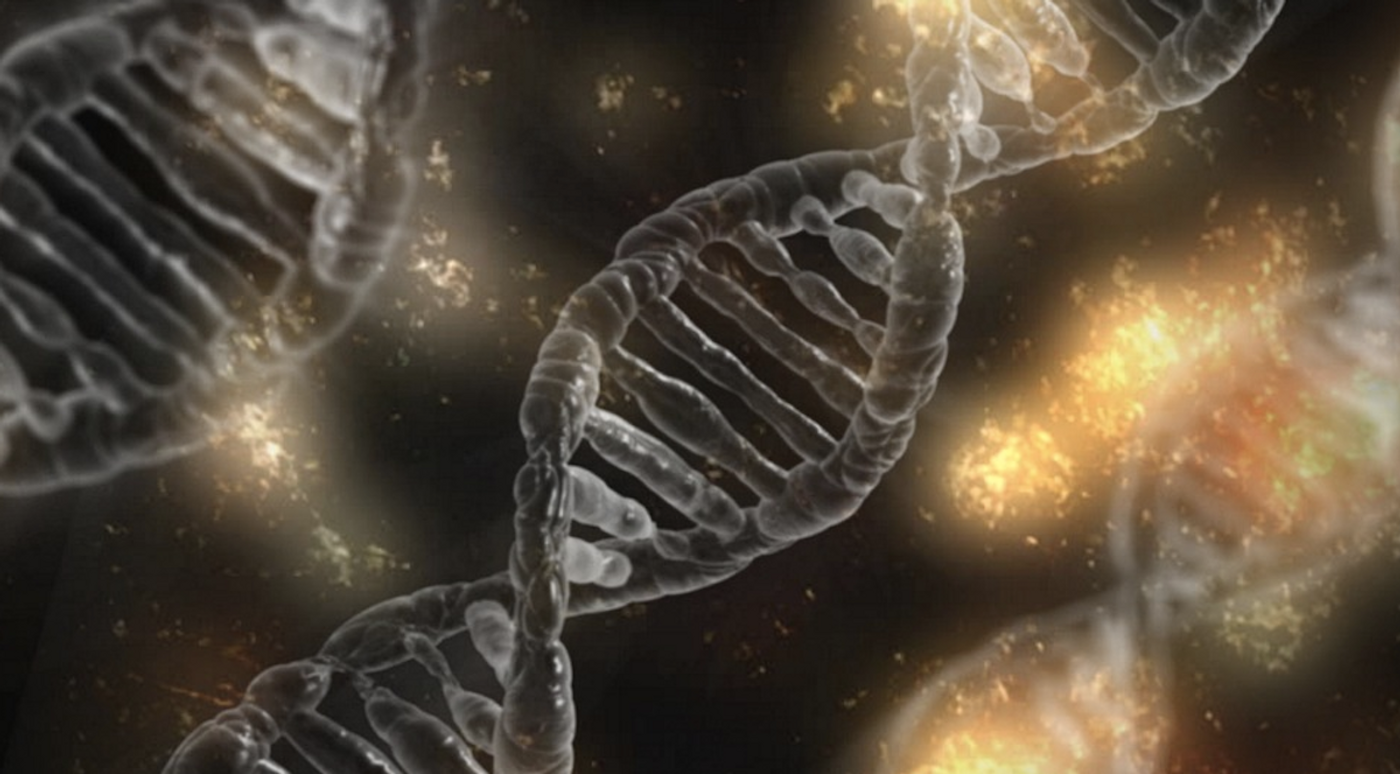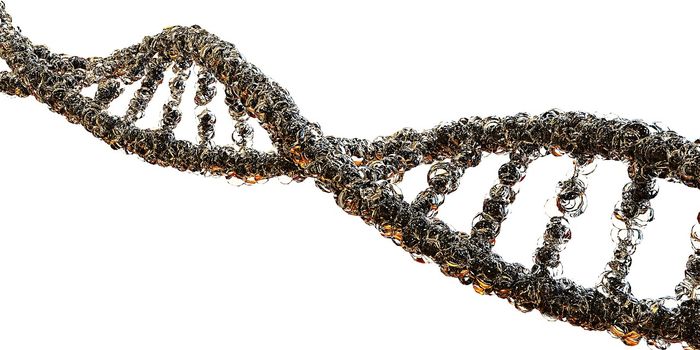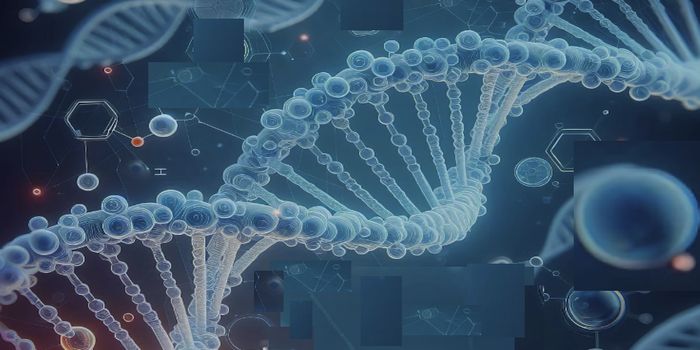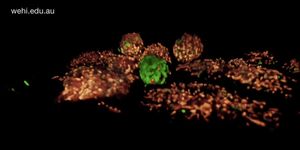Researchers Create an Epigenetic Map of Development
Biologists have long known that protein-coding genes in the genome produced protein when they're active, or expressed. Not every gene needs to be expressed at the same time, and the genes that any given cell is expressing at any time determine that cells’ identity and role. But it’s taken decades to learn how gene activity is regulated, and about all the factors that can influence how and when a gene is expressed. New research has provided some insight into how one of those factors, called epigenetic tags, impact gene expression. Epigenetic tags are chemical groups that can be added to or removed from the genome, and they can be passed down to future generations. One common epigenetic tag is methylation, in which a methyl group is added to the genome.
In new research reported in Nature, scientists created 168 maps of methylation in the genome of developing mice. The researchers are hopeful that the data will help us learn more about how epigenetic factors are connected to human disease.
"This is the only available data set that looks at the methylation in a developing mouse over time, tissue by tissue," said the senior study author and Howard Hughes Medical Institute Investigator Joseph Ecker, a professor in the Salk Institute's Genomic Analysis Laboratory. "It's going to be a valuable resource to help in narrowing down the causal tissues of human developmental diseases."
Enhancers are another genetic feature that affect gene expression. When proteins called transcription factors (which also influence gene activity) bind to the enhancer region of a gene, that gene is far more likely to be expressed. However, if an enhancer is methylated (it has a methyl group attached), it impedes the binding between the transcription factor and the enhancer, greatly reducing the likelihood that the gene will be expressed. The methyl group is acting as a brake on activity.
When enhancer regions carry genetic mutations, the expression of its corresponding gene can be greatly affected, and this could cause serious disease. But enhancers are not always physically adjacent on the genome to the gene they influence, meaning that it can be very hard to determine how a mutation in an enhancer is ultimately impacting a gene, and resulting in illness.
In this study, described in the video, the researchers applied computational tools and cutting edge techniques to assess patterns of methylation in cells from different tissues in several stages of developing mice.
"The breadth of samples that we applied this technology to is what's really key," said the study's first author Yupeng He, now a senior bioinformatics scientist at Guardant Health.
They found that early in development, there were 1.8 million parts of the mouse genome that carried variations in methylation over developmental stages, tissue types, or both. For the most part, methyl markers were being lost in these instances; the brakes were coming off as the animal needed developmental genes to become active. But after the mouse was born, the methyl markers came back; the brakes were reapplied as early development was ramping down.
"We think that the removal of methylation makes the whole genome more open to dynamic regulation during development," explained He. "After birth, genes critical for early development need to be more stably silenced because we don't want them turned on in mature tissue, so that's when methylation comes in and helps shut down the early developmental enhancers."
This work differs from previous studies that have focused on portions of the genome where methyl groups get added to a cytosine followed by a guanine base - so-called CpG islands. This research has suggested that the variation in methylation during development is far from CpG islands.
"If you only look at those CpG island regions near genes, as many people do, you'll miss a lot of the meaningful DNA changes that could be directly related to your research questions," noted He.
Sources: AAAS/Eurekalert! via Salk Institute, Nature









